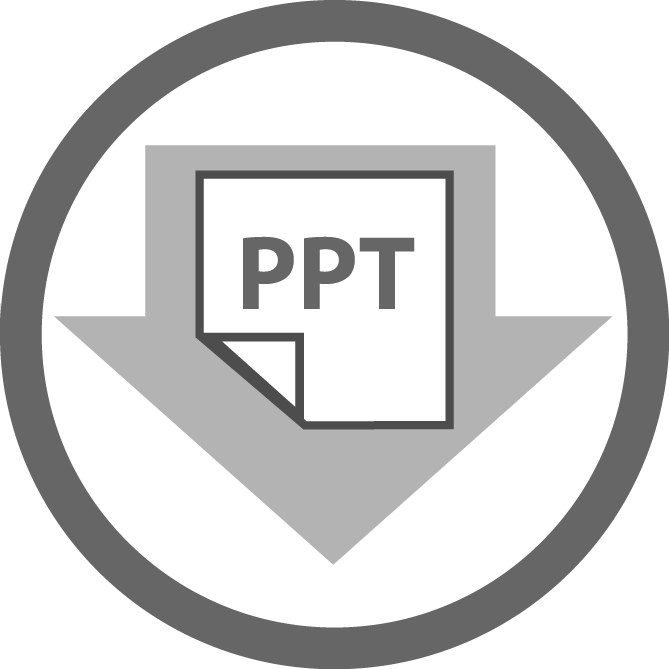 by Mo Willems
by Mo Willems
Émile sent qu’il y a quelque chose sur sa tête. Il pense que c’est un oiseau mais c’est pire que ça, il a deux oiseaux sur la tête! Lili réussira-t-elle à aider son meilleur ami à s’en débarrasser?
Strategies/Skills Used
Reading Strategy 6: Connect what you read with what you already know.
Reading Strategy 11: Make inferences and draw conclusions.
Reading Strategy 12: Reflect and respond.
 TEACHING THE ACTIVITY: PRE-READING
TEACHING THE ACTIVITY: PRE-READING
(1) Discuss with students the different ways of showing internal and external voices in cartoons. Use the Thinking Boxes process and the Graphic Organizer Les bulles de pensées.
 (2) Following the PowerPoint, show the thought bubble slide and have the students think-pair-share and then discuss.
(2) Following the PowerPoint, show the thought bubble slide and have the students think-pair-share and then discuss.
(3) Show the speech bubble slide and have the students think-pair-share and then discuss.
 TEACHING THE ACTIVITY: DURING READING
TEACHING THE ACTIVITY: DURING READING
(4) Read the story and stop at page 15. Show the students pages 16 and 17, covering up the text. Ask students to think-pair-share with their partner what Émile is saying and what Lili is saying.
(5) Read the story to page 25. Show the students pages 26 and 27 and add a thought bubble above the characters’ heads. Ask the students to think-pair-share what they think the characters are thinking at that moment in the story.
(6) Read the story to the end.
 TEACHING THE ACTIVITY: POST-READING
TEACHING THE ACTIVITY: POST-READING
(7) Provide the students with a blank comic strip page and instruct them to continue the story with what they think will happen next, adding their own speech bubbles and/or thought bubbles.
(8) Provide an opportunity for students to share their stories with classmates in pairs or quads.
(9) Reflect with the students about how this strategy helped them connect with the story.
